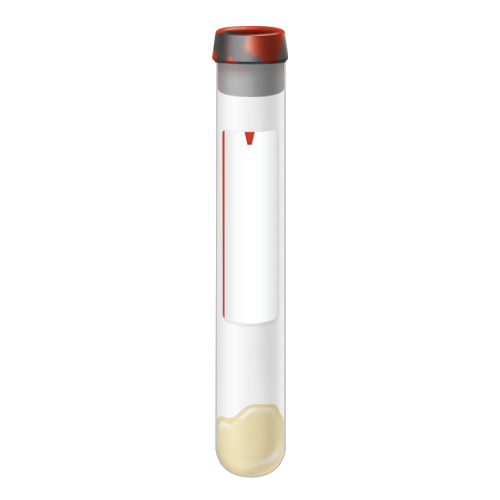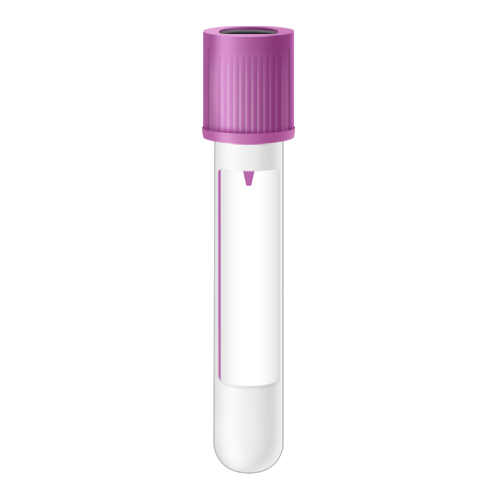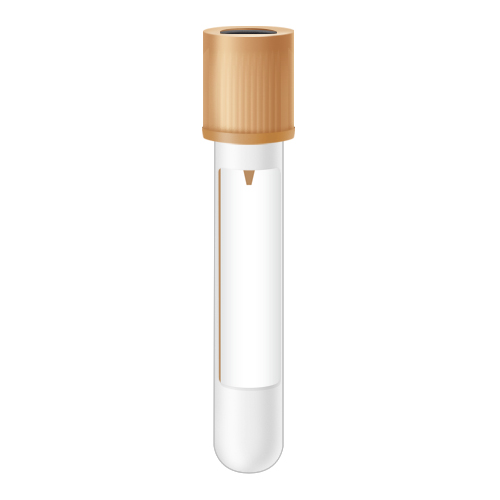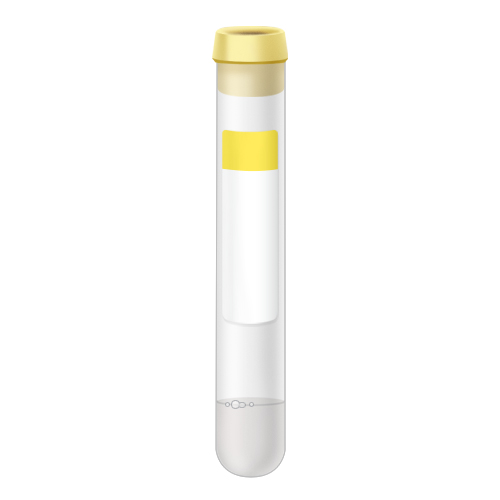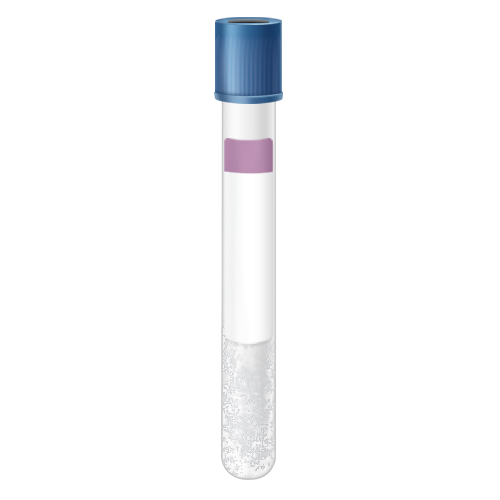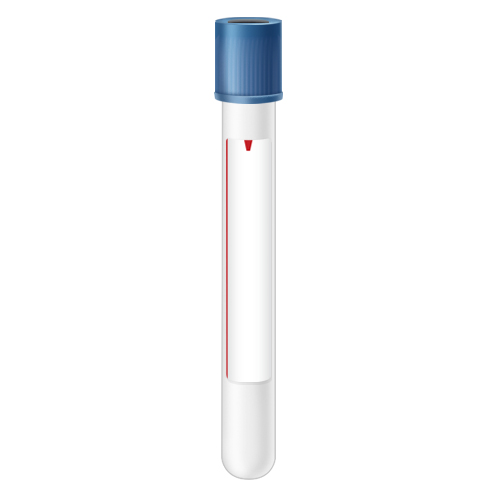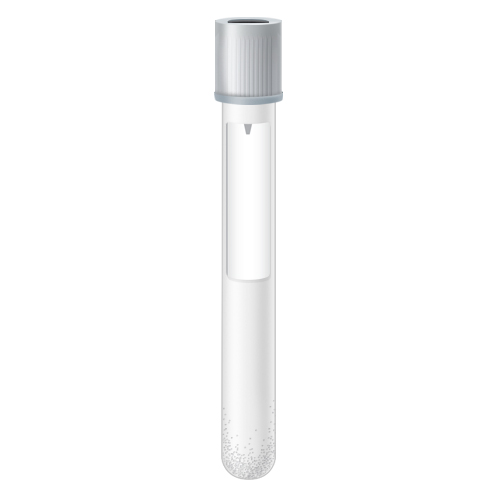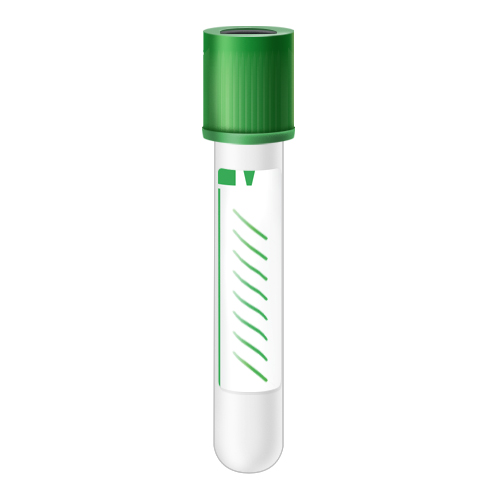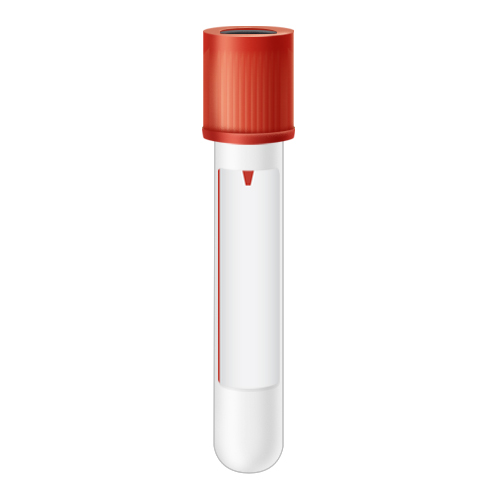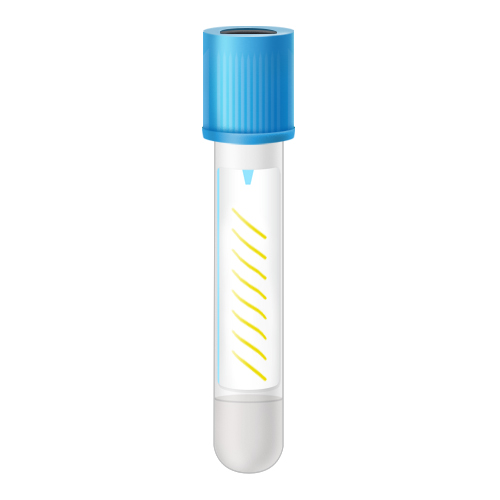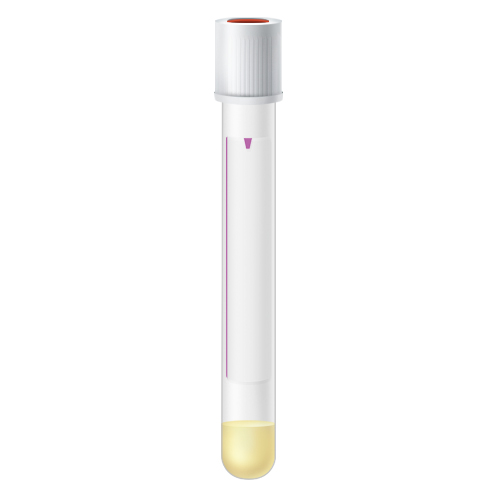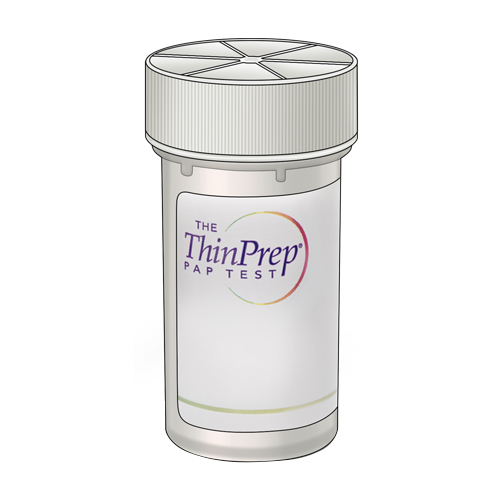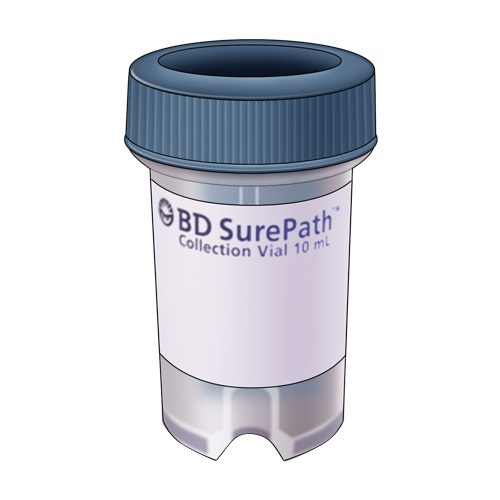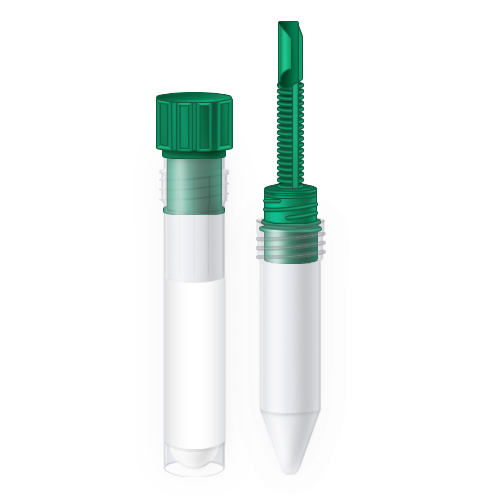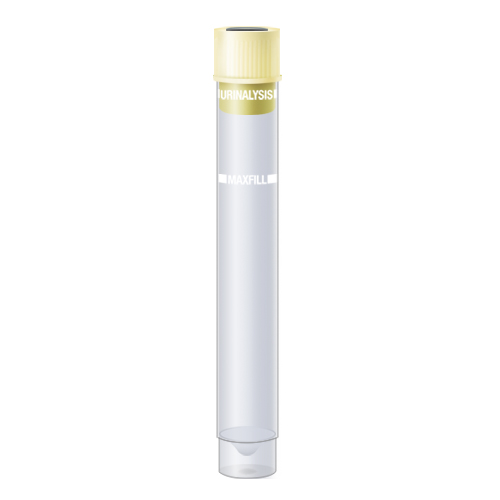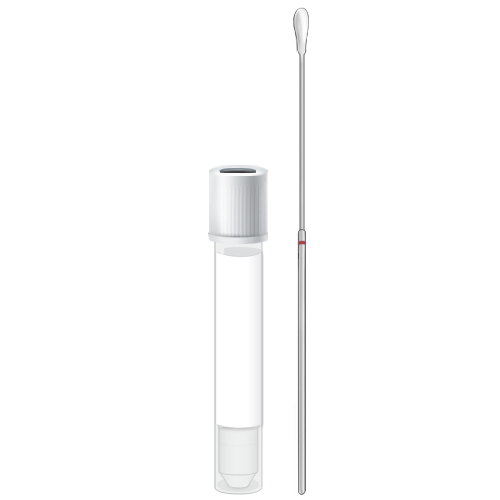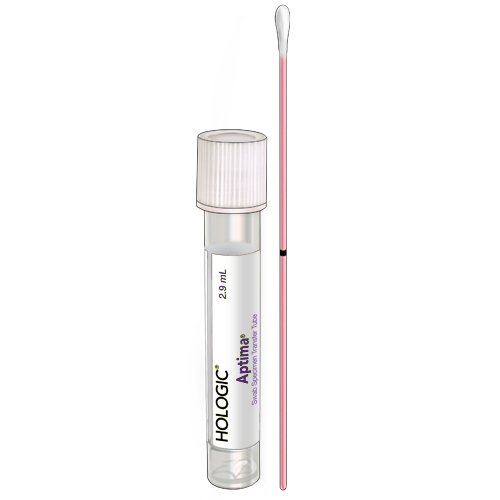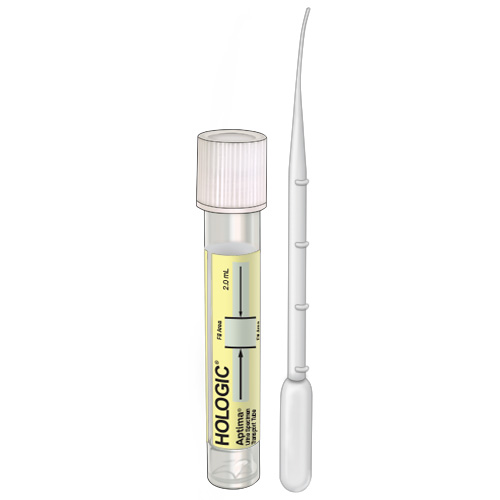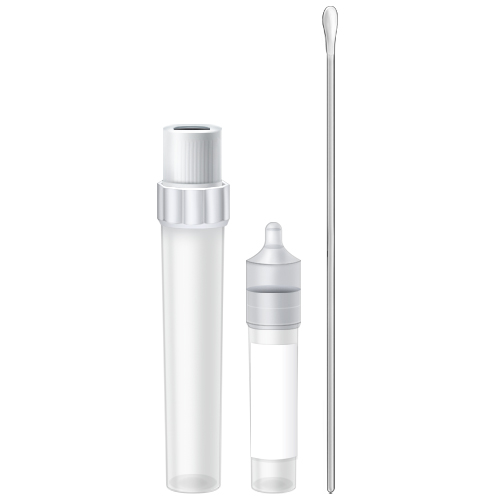In 2023, the National Cancer Institute estimates that more than 106,000 women in the U.S. will be diagnosed with a type of gynecological cancer. The Foundation for Women’s Cancer states that every five minutes, a woman will be diagnosed with one of the five main gynecological cancers. September is recognized as Gynecologic Cancer Awareness Month – a time to bring awareness to the importance of prevention, knowing symptoms and risk profiles of women, and understanding the various types of cancer.
What is Gynecologic Cancer?
According to the Centers for Disease Control and Awareness (CDC), gynecologic cancers include all cancers of the female reproductive system, including the cervix, ovaries, uterus, vagina, and vulva. All women are at risk for these cancers and risk increases with age, but when disease is detected early, there are various effective and available treatments.
Types of Gynecological Cancers
- Cervical Cancer: A human papillomavirus (HPV) infection of the cervix is most often the cause of cervical cancer. To reduce the risk, women should opt for regular tests to detect HPV or abnormal cells.
- Ovarian Cancer: There are three forms of ovarian cancer – ovarian epithelial cancer (the tissue covering the ovary), the fallopian tube lining, or the peritoneum; ovarian germ cell tumors; and ovarian stromal cell tumors.
- Uterine Cancer: Formed in the tissue of the uterus, there are two types of uterine cancer – endometrial cancer and uterine sarcoma.
- Endometrial Cancer: A form of gynecological cancer that forms in the tissues of the endometrium – the lining of the uterus. Factors that may increase the risk of this cancer include obesity, high blood pressure, and diabetes.
- Uterine Sarcoma: This rare type of cancer forms in the uterine muscles or in tissues that support the uterus.
- Vaginal Cancer: Squamous cell carcinoma and adenocarcinoma are the two main types of vaginal cancer. Adenocarcinoma is more likely to spread to the lungs and lymph nodes.
- Vulvar Cancer: Vulvar cancer most often affects the outer portions of a female’s vaginal anatomy as it forms on external genitalia. An HPV infection or a history of genital warts raises the risk for women.
Symptoms of Gynecologic Cancer
It is important to pay close attention to your body and track what may be normal for you to understand and recognize potential symptoms of gynecological cancers. From the CDC, here are some potential symptoms to monitor for include:
- Unexplained and consistent pelvic pain or pressure
- Feeling too full, too fast when eating, even in small amounts
- Unusual vaginal bleeding, including experiencing longer or heavier periods, or bleeding after menopause
Reducing Risk
Women are encouraged to have regular testing and open conversations about their gynecological health with their healthcare providers. There are some preventative measures that women can take to reduce their risk of developing disease which includes getting an HPV vaccine, regular screening tests, regular Pap/HPV tests, monitoring and recognizing symptoms and warning signs, and understanding family history and if it may affect the overall risk profile of a patient.
GenPath Women’s Health
GenPath Women’s Health, a division of BioReference, offers extensive testing options to screen for, diagnose, and even identify hereditary risk for gynecologic cancers.
Learn more about our comprehensive test menu or for more information on how our Pap and HPV testing and hereditary cancer screening can help aid in the detection and diagnosis of gynecologic cancers.
Sources:
- https://seer.cancer.gov/statfacts/
- https://foundationforwomenscancer.org/get-involved/move-the-message
- https://www.cdc.gov/cancer/dcpc/resources/features/gynecologiccancers/index.htm
- https://www.cdc.gov/cancer/uscs/pdf/USCS-DataBrief-No11-September2019-h.pdf
- https://www.cdc.gov/cancer/gynecologic/basic_info/prevention.htm


